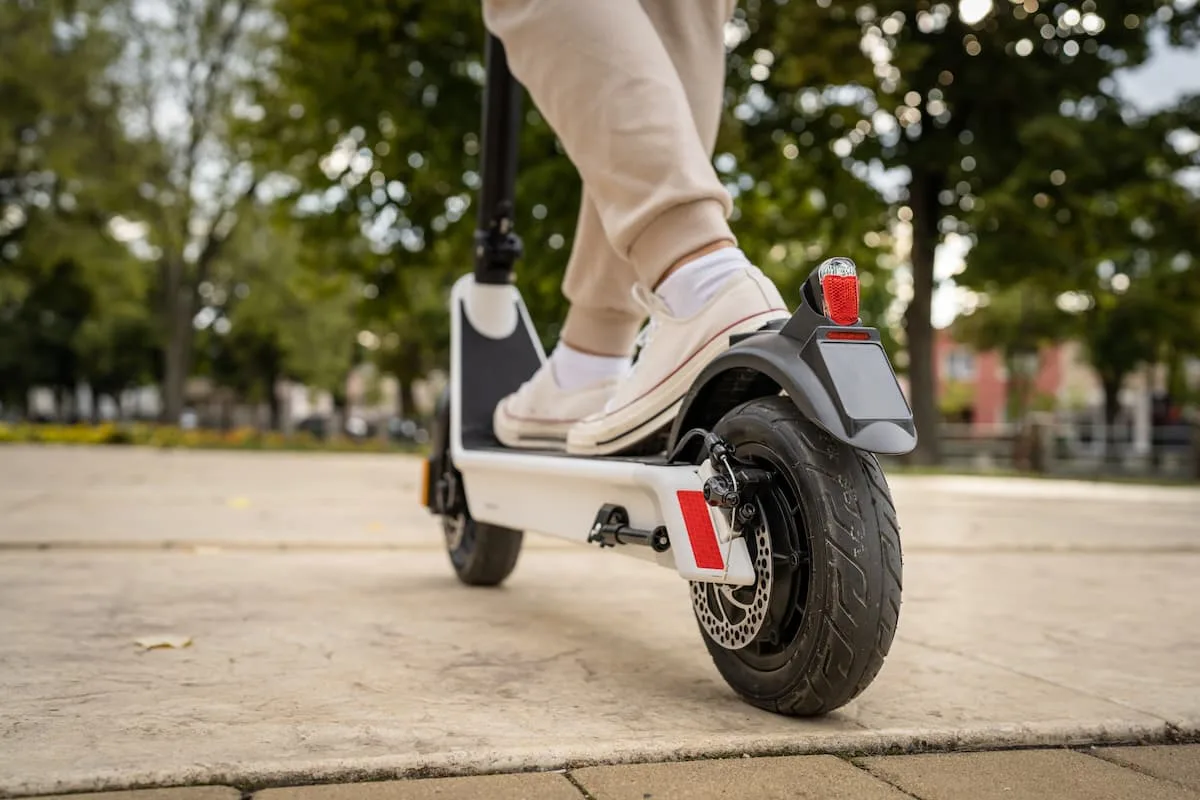Table of Contents
- 1 Traffic rules of the new highway code
- 2 How to make the license plate for the electric scooter? Since?
- 3 How much does electric scooter insurance cost?
- 4 **Given the European Court ruling regarding insurance obligation and the new highway code’s speed limit reduction, how can policymakers ensure a smooth transition and avoid legal conflicts while promoting responsible e-scooter use?**
License plate, helmet and insurance required: the new code introduces a small revolution for those who travel on board the electric scooterbut how to comply with the new rules and how much does this change cost? It will be there though still time to get it right before the crackdown on “light” mobility came into force. According to Istat data, road accidents involving injuries to people involving scooters have been constantly increasing in recent years. In 2023 there were 3,365, a year earlier there were 2,929, while 2,101 in 2021. Meanwhile the world of sharing is on alarmbecause the changes will lead to increased costs and also problems in providing users with the helmet.
Traffic rules of the new highway code
Not just license plate and insurance, but they change speed limits and rules for circulation on board the scooter. They will no longer be able to go outside the urban centers and extra-urban roads and tunnels will also be off limits. They will therefore not be able to travel on roads with a speed limit higher than 50 kilometers per hour. The maximum speed allowed will drop from the current 25 kilometers per hour at 20 kilometers per hourwhen they circulate on the normal carriageway with other vehicles, while it remains stationary at 6 kilometers per hour in pedestrian areasunder penalty of a fine of a minimum of 100 euros up to a maximum of 400depending on the severity of the infringement. And then obligatory indicators and brakes on both wheelsrequirements that are already respected by numerous models.
It also comes Parking on sidewalks is prohibitedoutside the dedicated parking areas. The helmet it will no longer be mandatory only for minors, but with the entry into force of the new highway code even adults will have to wear a helmet when riding an electric scooter. Some municipalities, such as Florence, had in the past attempted to bring forward this obligation, only to have their resolutions rejected by the TAR. Finally, as has happened so far, those under 14 will not be able to drive this type of vehicle.
How to make the license plate for the electric scooter? Since?
So far the certain rules. However, there are some aspects that are still unclear in their contours. If the main safety changes come into force after 15 days of publication of the new framework of the Highway Code in the Official Journal (expected at the end of November), others like the targa for the electric scooter or compulsory insurance, they will have to be regulated in detail through a implementing decree of the Ministry of Infrastructure and Transport. So it will take a few months at least.
Here’s what we already know. The scooter’s license plate explains the same departmentit will be a adhesive, laminated and non-removable identification markprinted by the State Printing and Mint Institute. However, it is not yet known what the procedure will be for making the license plate on the scooter and the cost of this operation.
How much does electric scooter insurance cost?
As mentioned, the other doubtful issue, linked to the rules of the new highway code, is the obligation to have insurance for civil liability for the scooter that will start when the implementing decree is issued. In the same way as that provided for cars and scooters, protection in the event of an accident and request for compensation for damages (within the limit figures, i.e. the limits, provided for by the policy). The novelty will concern in particular i individual private citizensgiven that sharing companies are already insured.
Many insurance companies they already offer solutions for this type of mobility, as well as for cyclists, or within the so-called RC Head of familywhich provide a package of guarantees for the entire family unit. According to an analysis by Facile.it, the cost of insurance for an electric scooter it starts from 40 euros per year for the specific one on the vehicle and come on 75 euros per year for the Head of Household version. However, it will be necessary to understand what requirements will be established by law, if an insurance covers it the vehicle regardless of the driver of the electric scooter (therefore linked to the license plate) or that only protects the individual person.
Another critical aspect was highlighted by Assosharingthe association of shared mobility operators. A European Court ruling affirmed that the insurance obligation is not applicable below 25 kilometers per hour. But the new highway code provides for the speed limit for electric scooters to be reduced to 20 kilometers per hour. Therefore there is a risk of going against community legislation. The implementing decree will also have to resolve this issue.
**Given the European Court ruling regarding insurance obligation and the new highway code’s speed limit reduction, how can policymakers ensure a smooth transition and avoid legal conflicts while promoting responsible e-scooter use?**
## Interview: Navigating the New Rules for Electric Scooters
**Introduction:**
Welcome everyone, and thank you for joining us today. We’re here to discuss the upcoming changes to the highway code that will significantly impact how electric scooters are used in Italy. Today, we have two esteemed guests: [**Guest 1 Name & Affiliation**], and [**Guest 2 Name & Affiliation**].
**Guest 1** brings expertise in [Guest 1’s Area of Expertise] while **Guest 2** offers valuable insights from [Guest 2’s Area of Expertise].
Let’s delve into this important topic.
**Section 1: Safety First: A Necessary Change?**
* **Host:** The new highway code introduces stricter regulations for electric scooters, including mandatory license plates, helmets for all riders, and lowered speed limits. Do you believe these changes address the concerns surrounding scooter safety, especially considering the rise in accidents reported by Istat?
* **Host:** While these changes aim to improve safety, some argue they might discourage people from using scooters as a sustainable mode of transportation. How can we balance these competing priorities: road safety versus encouraging eco-friendly mobility choices?
**Section 2: Implementation and Practical Concerns:**
* **Host:** The article highlights the need for further clarification regarding the specifics of the license plate system and insurance requirements. What challenges do you foresee in implementing these new regulations, particularly regarding the logistical aspects and potential costs for riders?
* **Host:** The sharing sector, including companies like [mention a relevant sharing company], has voiced concerns regarding the implications of these changes on their operations. What are your thoughts on how sharing companies can adapt to these new rules while continuing to provide accessible and affordable mobility solutions?
* **Host:** The European Court ruling regarding the insurance obligation raises a potential conflict with the new highway code’s speed limit reduction. How might policymakers resolve this discrepancy and ensure compliance with both national and European legislation?
**Section 3: Looking Ahead: The Future of Electric Scooters in Italy:**
* **Host:** Do you believe these changes will ultimately lead to a safer and more sustainable transportation landscape in Italy?
* **Host:** What further steps can be taken to ensure the responsible and integrated use of electric scooters alongside other modes of transportation in our cities?
**Conclusion:** Thank you, [**Guest 1 Name**] and [**Guest 2 Name**] for your insightful contributions to this important conversation.
It’s clear that the new regulations for electric scooters will have a considerable impact on both riders and the sharing sector in Italy. As we move forward, it’s crucial to carefully consider both the safety benefits and potential challenges presented by these changes.


